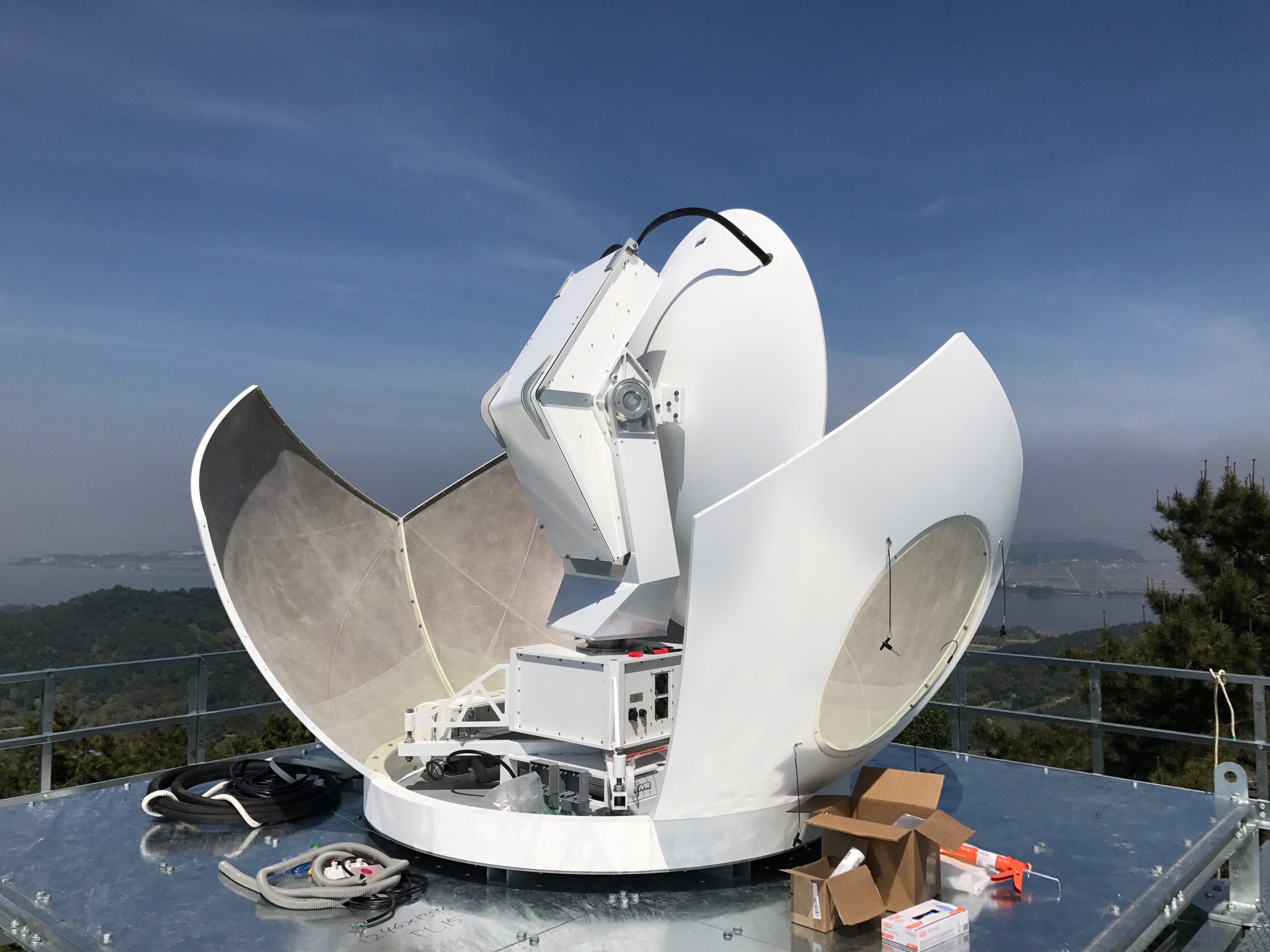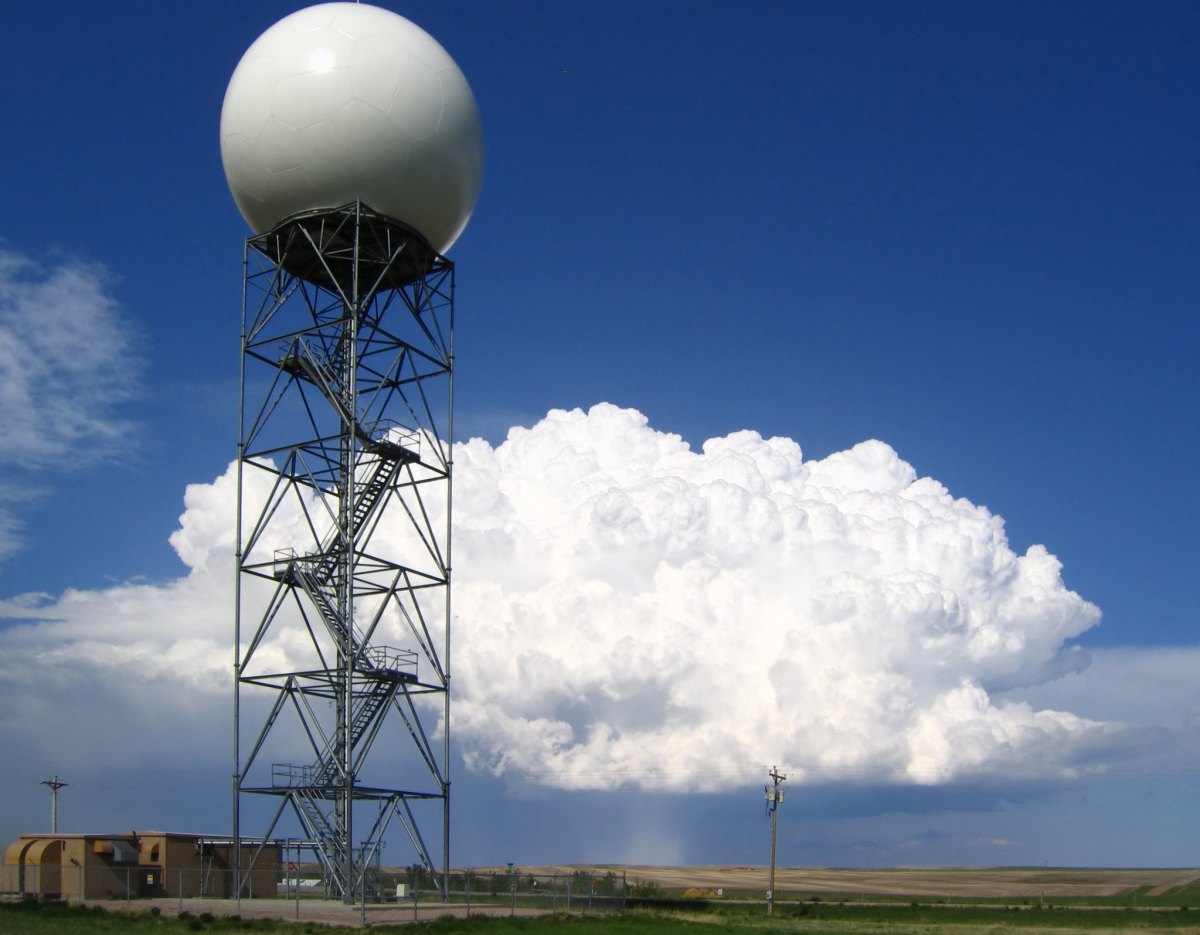Weather Patterns and Forecasting

Weather radar is a technology that allows us to observe and predict weather patterns by sending out radio waves and analyzing the reflected signals. The principles behind weather radar technology involve the emission of electromagnetic radiation, typically in the microwave range, and the subsequent detection and analysis of the echoes that return from various objects in the atmosphere.
The data collected by weather radar provides valuable information about the location, intensity, and movement of precipitation, as well as other atmospheric phenomena such as wind speed and direction. This data is then used to create weather forecasts and issue warnings about severe weather events such as tornadoes, hurricanes, and blizzards.
With weather radar technology, meteorologists can monitor precipitation and wind patterns with pinpoint accuracy. This information is invaluable for towns like Mt. Vernon, Indiana , where severe weather events are a common occurrence. By providing real-time data on approaching storms, weather radar helps communities prepare and stay safe.
Its ability to detect even the faintest of signals ensures that every citizen has the best chance of avoiding harm.
Data Collection and Analysis
Weather radar systems typically consist of a transmitter, a receiver, and a display unit. The transmitter emits radio waves into the atmosphere, and the receiver collects the echoes that are reflected back from objects in the atmosphere. The strength and pattern of these echoes provide information about the size, shape, and movement of the objects.
In the symphony of nature’s melodies, weather radar stands as a maestro, orchestrating a dance of clouds and precipitation. From the heart of Kentucky, where the bluegrass sways with the wind, Louisville weather paints a vibrant canvas. The radar’s watchful gaze monitors every wisp of moisture, guiding us through the unpredictable rhythms of the sky, ensuring we stay in tune with the symphony of nature.
The data collected by weather radar is then processed and analyzed to create weather maps and forecasts. These maps show the location and intensity of precipitation, as well as the movement of weather systems. Forecasters use this information to predict the future movement and development of weather systems, and to issue warnings about severe weather events.
Improved Forecasting Accuracy
Weather radar has significantly improved the accuracy of weather forecasting. In the past, forecasters relied on surface observations and weather balloons to gather data about the atmosphere. These methods were limited in their ability to provide detailed information about the location and intensity of precipitation.
Weather radar provides a much more detailed and accurate picture of the atmosphere. This allows forecasters to make more accurate predictions about the future movement and development of weather systems, and to issue more timely warnings about severe weather events.
Applications of Weather Radar
Weather radar, an indispensable tool in meteorology, has revolutionized the way we monitor and predict weather patterns. Its applications extend far beyond weather forecasting, finding valuable use in aviation, disaster management, and various other industries.
Aviation
Weather radar plays a crucial role in ensuring the safety of air travel. By detecting and tracking precipitation, turbulence, and other hazardous weather conditions, pilots can make informed decisions about flight routes and avoid potentially dangerous areas. This technology helps prevent accidents, delays, and costly detours, contributing to a smoother and safer flying experience.
Meteorology
In meteorology, weather radar is an invaluable tool for observing and predicting weather patterns. It provides real-time data on precipitation intensity, movement, and distribution, allowing meteorologists to issue timely warnings and forecasts. By monitoring weather systems, radar helps us understand their development, track their movement, and predict their potential impact on communities.
Disaster Management
Weather radar plays a vital role in disaster management by providing early warning and real-time monitoring of severe weather events. It can detect and track hurricanes, tornadoes, and other potentially destructive storms, giving authorities and emergency responders ample time to prepare and evacuate affected areas. This advanced warning system helps save lives, minimize property damage, and facilitate effective disaster response efforts.
Future Applications
The future of weather radar technology holds exciting possibilities. Advances in artificial intelligence (AI) and machine learning (ML) are expected to enhance radar’s capabilities, enabling more accurate and timely weather predictions. Additionally, the integration of weather radar with other technologies, such as remote sensing and satellite data, could provide a comprehensive understanding of atmospheric conditions, leading to improved weather forecasting and disaster mitigation strategies.
Technical Aspects of Weather Radar

Weather radar, a cornerstone of modern meteorology, utilizes electromagnetic waves to probe the atmosphere and unveil the intricate tapestry of weather patterns. Its sophisticated systems and cutting-edge technology provide invaluable insights into the dynamics of precipitation, cloud formations, and atmospheric conditions, enabling us to better understand and predict weather phenomena.
Types of Weather Radar Systems
The realm of weather radar encompasses a diverse array of systems, each tailored to specific applications and environments. These systems can be broadly classified into two primary types:
- Ground-based weather radar: These systems are strategically positioned on the ground, scanning the atmosphere from a fixed location. They provide detailed, high-resolution data on precipitation patterns, cloud structures, and wind speeds within a localized area.
- Airborne weather radar: Mounted on aircraft or weather surveillance balloons, these systems offer a mobile platform for weather monitoring. They are particularly useful for studying large-scale weather patterns, tracking storms, and providing real-time data during weather events.
Key Components of a Weather Radar System
The intricate workings of a weather radar system rely on a symphony of interconnected components, each playing a crucial role in capturing and interpreting atmospheric data:
- Transmitter: The heart of the system, the transmitter generates powerful electromagnetic pulses that are directed into the atmosphere.
- Antenna: A highly specialized device, the antenna emits and receives the radar pulses, focusing them into a narrow beam that scans the atmosphere.
- Receiver: This sensitive component detects the returning radar signals, which carry valuable information about precipitation and atmospheric conditions.
- Signal processor: The unsung hero of the system, the signal processor analyzes the received signals, extracting data on precipitation intensity, cloud reflectivity, and wind velocity.
- Display: The final link in the chain, the display presents the processed data in a user-friendly format, allowing meteorologists and weather enthusiasts alike to visualize and interpret weather patterns.
Limitations and Challenges of Weather Radar Technology
While weather radar technology has revolutionized our understanding of weather, it is not without its limitations and challenges:
- Attenuation: Radar signals can be weakened or blocked by heavy precipitation, reducing the accuracy of data in intense storms.
- Clutter: Non-meteorological targets, such as buildings, terrain, and birds, can produce false echoes, complicating data interpretation.
- Beamwidth: The width of the radar beam determines the resolution of the data, but narrower beams can result in reduced coverage.
- Doppler dilemma: The Doppler effect, which allows weather radar to measure wind speeds, can be ambiguous in certain situations, leading to potential errors.